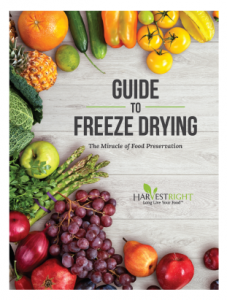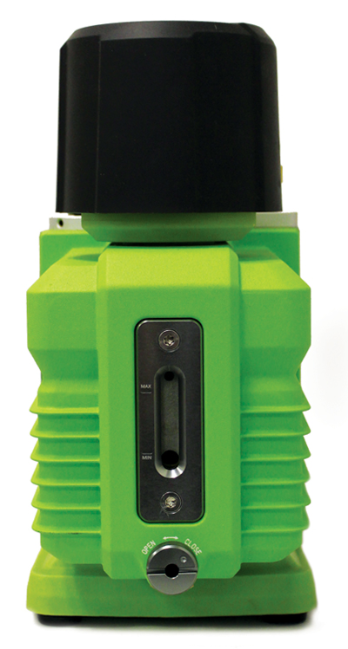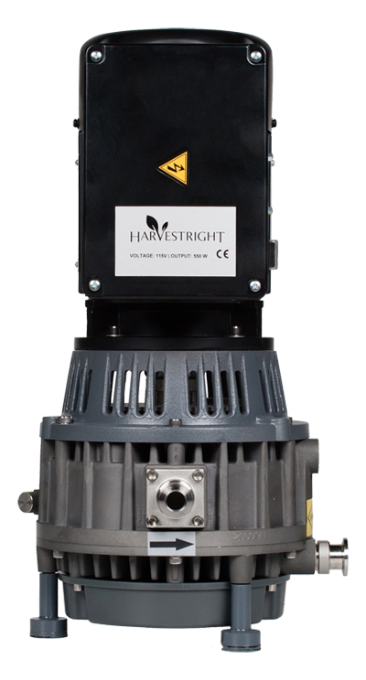
Another driveway discussion led to the statement that ‘home freeze-drying alone can drastically improve the quality of life’. That’s a big statement, and I said it with a straight face. Here’s why:
Without the ability to preserve food, humans have to spend the biggest portion of the day looking for or cultivating fresh food. That means that without preservation, our food security, or the “physical and economic access to sufficient, safe and nutritious food that meets dietary needs” only lasts as long as it takes your tomatoes to rot. If you were to imagine your day without eating any food that has been preserved in some way, even if just by refrigeration, your day would be very hard and very sad. Knowing that you have enough food for the foreseeable future changes everything.
However, food preservation methods aren’t without problems. All methods of preservation (besides freeze drying) require expertise, storage space and lots of disposable equipment. And, it all still spoils within fairly short order.
Freeze drying, however, doesn’t have any of these problems. Freeze drying removes nearly 100% of the water in food, so it won’t spoil or deteriorate. Here’s how that works: During the process, food is frozen to -50°F. Then the freeze dryer creates a powerful vacuum around the food as it is gradually warmed. This process, called sublimation, evaporates water out of the food at 5°F. Because water cannot exist as a liquid in a vacuum, it is drawn out of the solid frozen food as a gas. What’s left is food with all the nutrition and flavor, none of the water and a shelf life of about 25 years.
Around 1935 governments and NASA got on board with freeze-drying technology, and America began her love affair with “astronaut food”. But, until recently, freeze drying required giant commercial equipment, which means that freeze-dried food was an expensive novelty.
Today the availability of affordable in-home countertop freeze dryers gives regular folks access to the food security governments have been leveraging for decades. It enables self-sufficiency in short-term and long-term – even very long-term – emergencies. It allows you to transport large amounts of food into any situation or climate easily. It allows you to preserve your surplus, whether it’s from your garden or from a sale at the grocery store, which drives down your household food costs. It eliminates food waste, which is good for the Earth and for humanity. It allows you to have food that is safe to eat no matter where you are or what you’re doing. We’re talking about long-term (lifetime) food security for your family, more disposable income to enjoy life, eliminating food allergy or food contamination concerns so you can go wherever you want to go, and the ability to share food security with those who are struggling.




